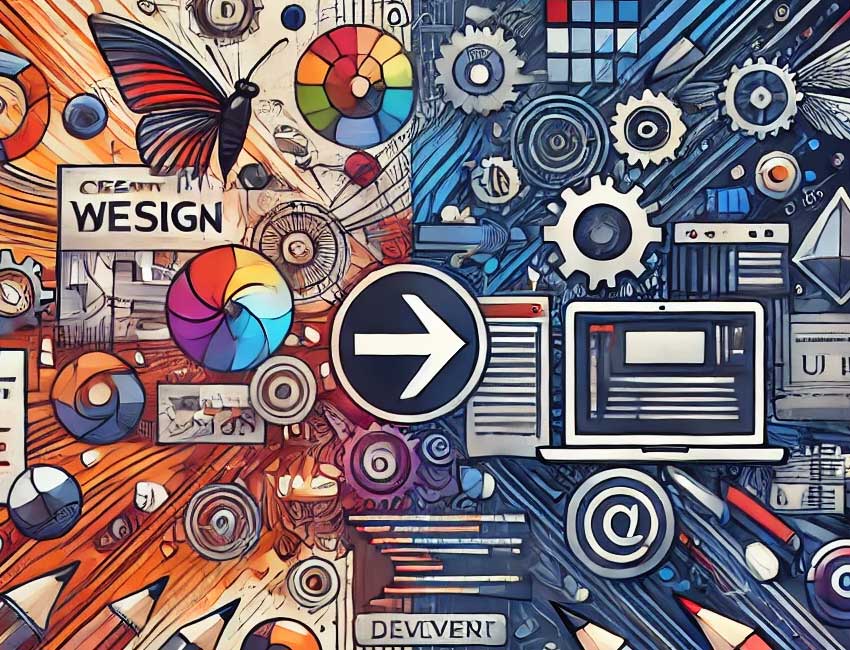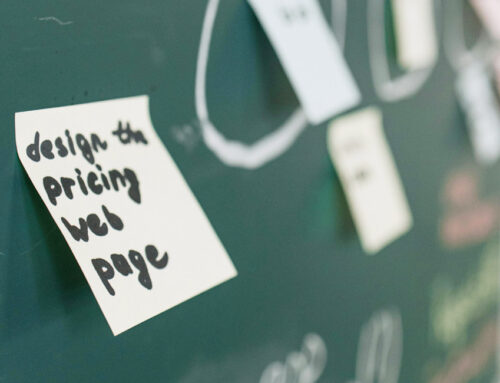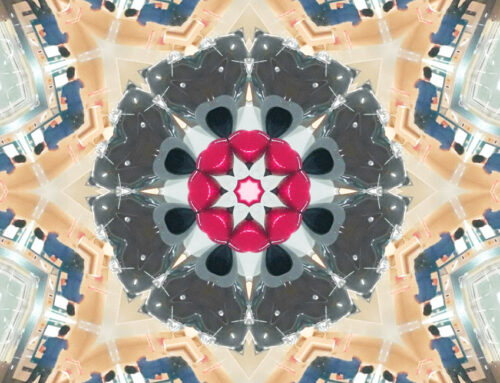Web Design vs. Web Development

Understanding the Key Differences
Web design and web development are two critical fields in creating and maintaining websites, each playing a distinct role. Web design focuses on the visual and user experience aspects—things like layout, color schemes, and overall look and feel. It’s about making the site attractive, intuitive, and easy to use. On the other hand, web development handles the technical side, including coding, server management, and integrating functionalities to make the website work properly.
Understanding these differences is key to creating effective digital experiences that meet user needs and expectations. The evolution of both fields dates back to the early 1990s with simple HTML pages, progressing into the dynamic, complex websites we navigate today. As the number of websites skyrocketed to nearly 2 billion by 2023, both designers and developers have adapted, blending creativity with technical skills to create more engaging and functional websites.
The Evolution of Web Design and Development
Web design and development have changed dramatically since the internet’s early days. Initially, websites were static and focused mostly on content presentation. As technology advanced, especially with the introduction of CSS, JavaScript, and later responsive design, websites became more interactive and user-focused.
In the 2000s, the rise of Web 2.0 shifted the focus to user experience (UX). Websites began prioritizing how users interact with the site, not just how it looked. Designers incorporated usability principles, and developers integrated more complex features. By the mid-2000s, designers began to understand the importance of the technical limitations and opportunities of coding, and developers became more aware of design aesthetics.
Today, web design and development work in tandem, ensuring that websites are not only visually appealing but also highly functional and user-friendly.
Key Differences Between Web Design and Web Development
Though closely related, web design and web development are distinct in many ways:
- Focus: Web designers work on the aesthetics and overall look of the website, including layout, typography, and visual appeal. Web developers focus on the coding and technical implementation to make the design come to life and function smoothly.
- Tools and Technologies: Designers typically use tools like Adobe Photoshop, Sketch, or Figma to create the visual aspects of a website. Developers use programming languages like HTML, CSS, and JavaScript to build the structure and functionality.
- Skills: Designers need creativity, an understanding of color theory, and UX principles. Developers need coding expertise and an understanding of back-end processes, databases, and server management.
- Collaboration: Designers and developers must work closely to ensure the design is both visually appealing and technically feasible. Their collaboration is essential for creating websites that offer a seamless user experience while meeting technical requirements.
Current Trends in Web Design and Development
Web design and development are ever-evolving. Here are some of the key trends shaping the industry in 2023:
- Progressive Web Applications (PWAs): These apps combine the best of web and mobile applications, offering a seamless user experience even offline.
- Internet of Things (IoT): IoT is connecting everyday devices to the internet, creating smarter, more interactive environments for users.
- Artificial Intelligence (AI) and Chatbots: AI-driven chatbots are enhancing user engagement and providing real-time support on websites.
- Immersive Experiences: Technologies like virtual reality (VR) and augmented reality (AR) are transforming how users interact with websites, creating more immersive and engaging experiences.
The Role of Collaboration in Web Design and Development
Despite their differences, web design and web development work best when they collaborate. Designers focus on crafting engaging, user-friendly designs, while developers ensure that these designs are technically feasible and functional. Through regular communication and collaboration, both designers and developers contribute their expertise to create websites that are both visually stunning and technically sound.
At denote.ie, we understand the importance of this collaboration. Our team of designers and developers works together to create websites that not only look great but also deliver seamless user experiences.


